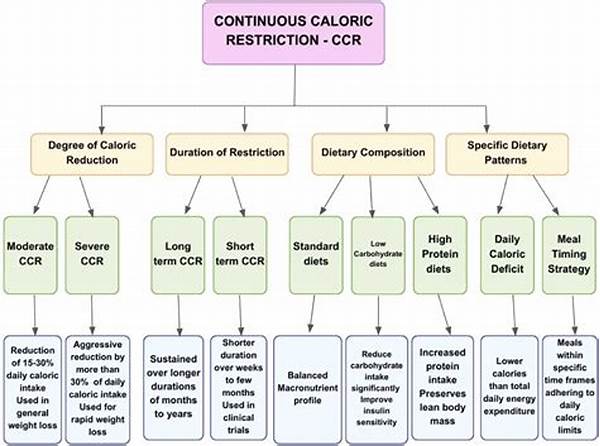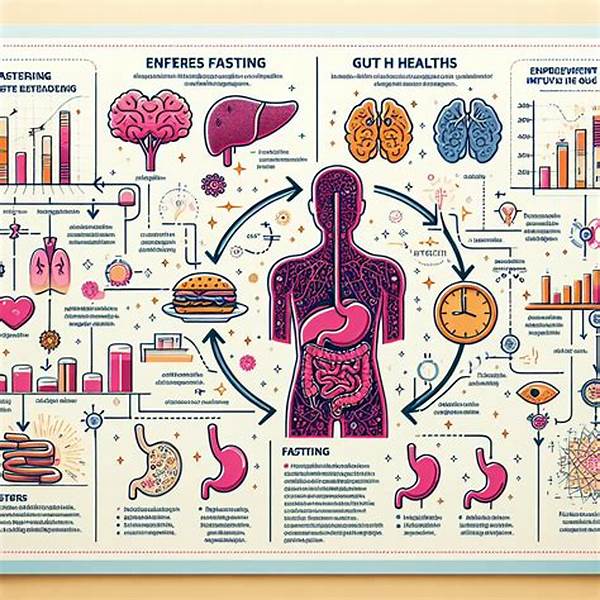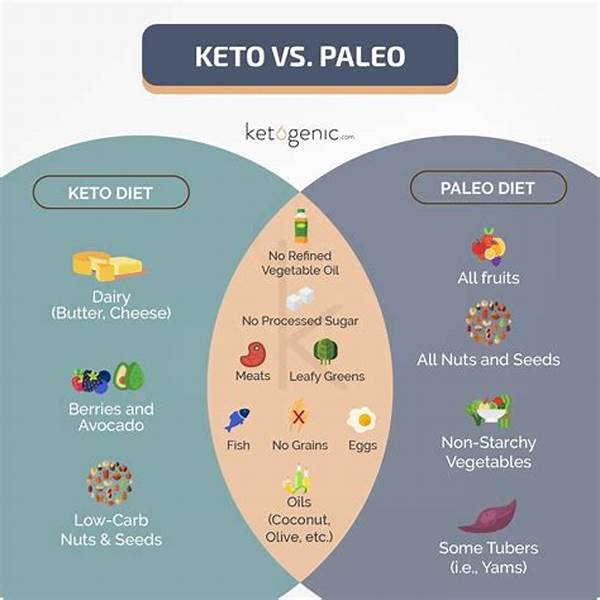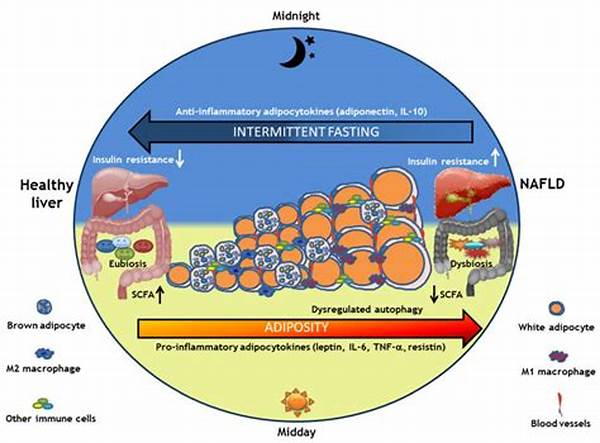In the bustling field of health and diet studies, one captivating topic has recently emerged that’s hard to overlook — the impact of Ramadan-style fasting on liver fat content. Imagine you’re a journalist with a penchant for scientific exploration, aiming to carve out a unique narrative in nutrition science. This groundbreaking study embarked on an intriguing journey to discover how the practice of fasting during Ramadan — a time-honored tradition observed by millions worldwide — influences liver fat reduction.
Read More : The Dirty Fast Debate: What Is Allowed During The Fasting Window (and What’s Not)?
The research found that mimicry of Ramadan fasting isn’t just a cultural routine but might carry potential health benefits worth delving into. Leveraging a unique selling point from the myriad traditions available to us, this study explored a discipline already deeply rooted in the daily lives of many. Attention, interest, and curiosity naturally follow when the familiar intertwines with science-backed benefits. For centuries, fasting during Ramadan has not only held spiritual significance but now, with modern-day insights, hints at tangible health improvements, leading to desires for broader investigations and applications in wellness.
Undoubtedly, the Ramadan-style fasting reduces liver fat in animal study stirs a profound question. How does abstaining from food and drink during daylight hours directly impact our metabolic processes, particularly liver fat deposition? The narrative is rich, brimming with potential interpretations, and ripe for investigation.
The Science Behind Ramadan Fasting Impact
To delve deeper, an animal study conducted by researchers was aimed at unraveling the biological intricacies during fasting akin to Ramadan. It didn’t just stop at theory; researchers rolled up their sleeves and got to work, engaging in meticulous observations and documentation. They employed statistical tools and experimental models to amplify understanding. The findings were promising — revealing a significant reduction in liver fat among animals subjected to fasting that mirrors the Ramadan tradition.
—
Goals for Future Research
Understanding the Broader Implications
This unexpected revelation that Ramadan-style fasting reduces liver fat in animal study suggests pathways for further exploration and practical applications. Could it be that simple changes in meal timing and frequency yield substantial benefits for countless individuals? Broadening this inquiry could lead to novel dietary recommendations, extending beyond mere cultural observance to bear universal appeal.
Charting a Course for Human Trials
Despite the impressive findings in animal models, the journey is far from over. Future research directions might consider human trials to verify if the same benefits translate across species. Undertaking controlled studies, researchers may soon hope to advocate Ramadan-style fasting not only as a spiritual or cultural experience but as an effective strategy within medical guidelines to combat non-alcoholic fatty liver disease (NAFLD).
Testing this fasting model in diverse human populations can unfold rich data narratives, potentially altering dietary guidelines and influencing public health policies. The persuasive power of these findings charts a hopeful course toward interdisciplinary studies, melding the wisdom of cultural practices with rigorous scientific analysis.
Potential for Integration in Dietary Guidelines
It’s inspiring to consider that the ramadan-style fasting reduces liver fat in animal study, sparking a wider dialogue about integrating fasting principles into mainstream dietary guidelines. By weaving this fasting style into nutritional science, we open doors to creative, tailored diets emphasizing not just how much we eat but when. This approach, supported by empirical research, may be pivotal in debunking traditional dietary myths and reshaping health paradigms.
Imagine a world where the timeless traditions of Ramadan influence contemporary wellness trends, commanding respect and attention from nutritionists, healthcare professionals, and the broader community. The desire and action called upon are simple: recognize, adapt, and perhaps, embrace.
—
Practical Examples of Ramadan-Style Fasting Impact
—
Cultural Significance in a New Light
The cultural significance of Ramadan fasting transcends its religious roots when paired with scientific insights. By looking at it through a new lens, fasting becomes more than a ritual. It becomes an exciting narrative where tradition and modern health trends unite. Journey alongside a scientific storyteller deciphering untapped potential, one study at a time.
Conclusion: A Call to Action
As the Ramadan-style fasting reduces liver fat in animal study continues to capture attention, challenge yourself to look beyond conventional dieting stories. Join the movement by participating in dialogue, research, or practice. Be part of the journey where cultural appreciation meets scientific inquiry, crafting not just intriguing journal articles but fostering real change in lifestyles worldwide.
—
Testimonials and Case Studies
Real-World Success Stories
Engage with testimonials and case studies reflecting the practical applications of fasting-derived insights. Witness transformations extending beyond statistical data, framing real possibilities for better liver health and broader wellness.
In conclusion, science, tradition, and curiosity join hands to offer a tale that’s more than just another study. It’s an ongoing story inviting each of us to contribute to a healthier future.













